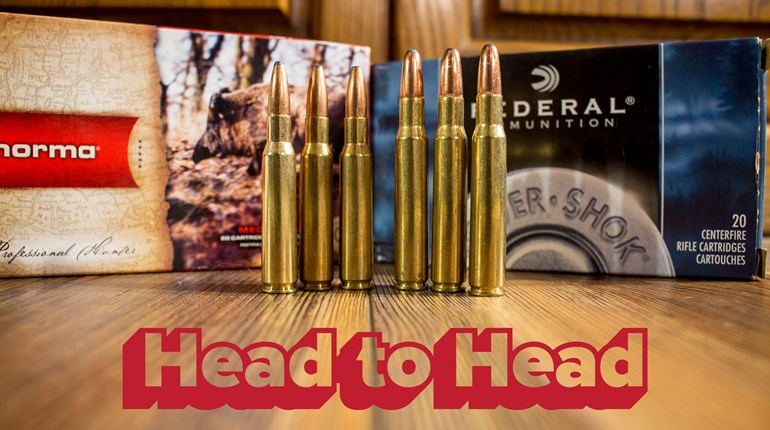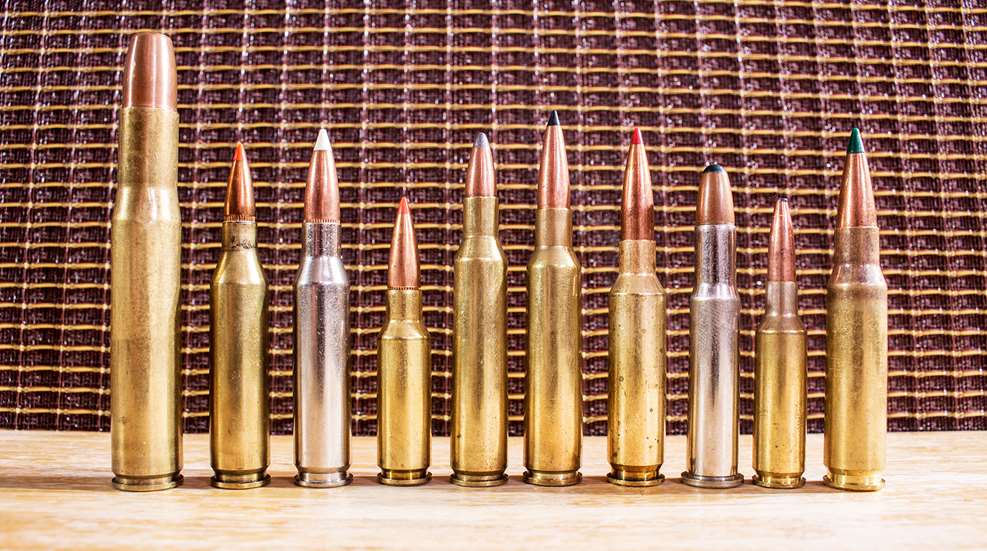
Physics dictates that in order to harness the energy required to send a projectile downrange, some level of recoil (the “equal and opposite reaction”) must be tolerated. And the larger the projectile, or the faster it is propelled, the greater the recoil level will be. There a number of methods we hunters can use to mitigate felt recoil—including muzzle brakes, mercury tubes, heavier firearms and oversized recoil pads—but the basic physics principles hold true.
Some cartridges generate more recoil energy than others, and some have faster recoil speeds than others. The worst thing about recoil is, that like so many parameters of the ballistic world, we shooters and hunters feel an absolute need to quantify every minute parameter of a given cartridge, or class of cartridges. Just as stated in the list of means to mitigate recoil, there are many factors which can affect felt recoil; make no bones about, recoil levels are extremely subjective, and one man’s tolerance might be over-the-top for another.
But, across a wide spectrum, there are some cartridges which have garnered a reputation for being “sweet shooting,” but that generally translates to “low recoiling.” Here are my top ten choices for low-recoiling hunting cartridges.
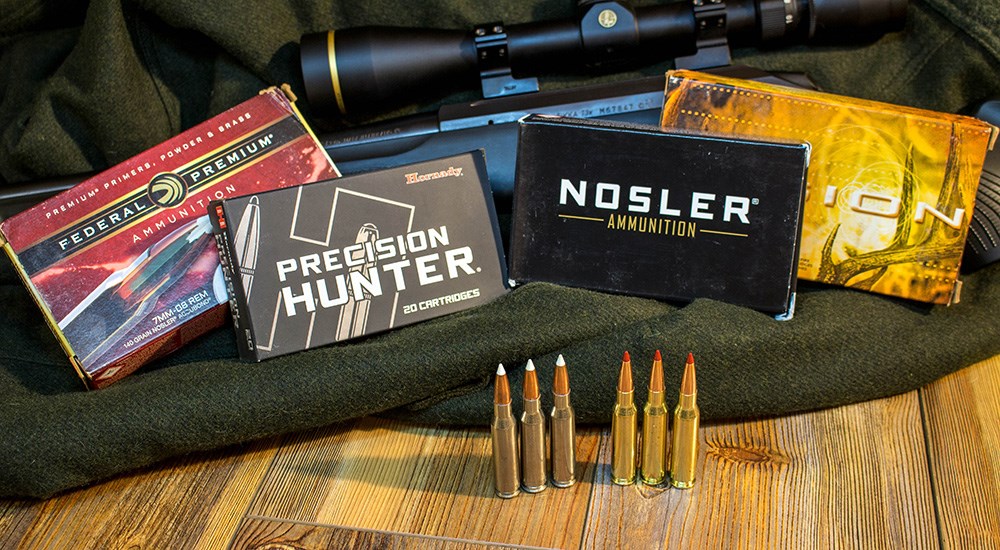
1. 7mm-08 Remington
Vastly overlooked as a do-all big game cartridge, the diminutive 7mm-08 Remington brings a whole bunch of flexibility to the table in a package which doesn’t punish the shoulder. With a selection of projectiles ranging from 120 to 160 grains in factory ammo, and even wider if you handload, the “little Seven” puts up respectable numbers. Fully capable of taking all North American game shy of the great bears and bison, the 7mm-08 Remington can be built into a lightweight rifle if desired, but in a rifle of standard weight, it is very shoulder friendly, and just might represent the best balance of punch per ft-lb of recoil. It is nothing more (and nothing less) than the 308 Winchester necked down to 7mm, and I am a huge fan of this cartridge for deer, black bear, even up to elk and moose. Let a youngster learn how to shoot properly with a 7mm-08, and they may never change cartridges. As a little bonus, almost all these statements will apply to the 7x57mm Mauser.
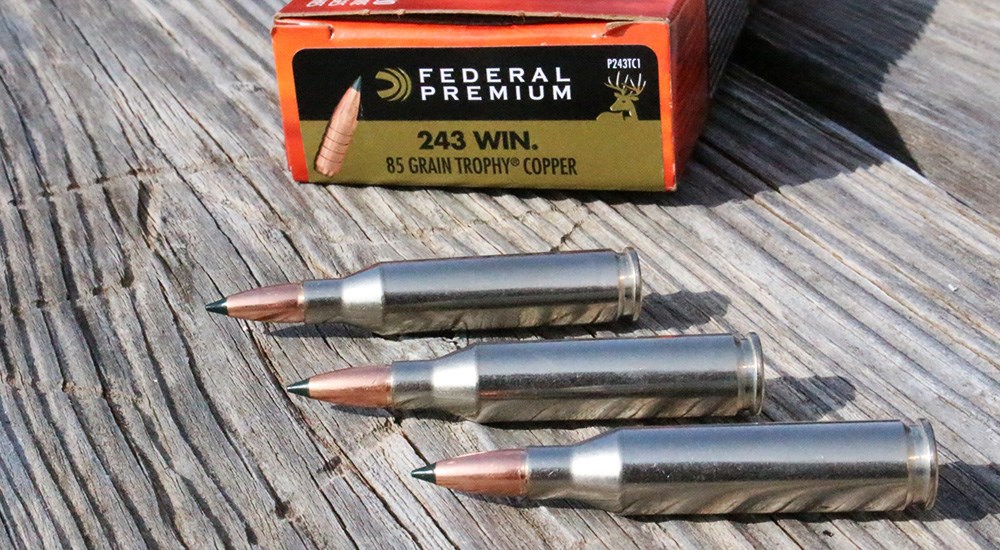
2. .243 Winchester
For those in search of a light-recoiling option to cover deer-sized game and varmints alike, the .243 Winchester remains a solid choice. Though it may seem small, those 90-, 95- and 100-grain loads will surely put the venison in your freezer, while the 55- to 65-grain will dump a coyote or turn a woodchuck inside-out. There are all sorts of bullet choices, from monometal to bonded-core to cup-and-core, and plenty of available factory loads to choose from. Famous African Professional Hunter Harry Selby did his best to talk the majority of his hunting clients into using his .243 Winchester for leopard hunts, because the recoil was so manageable, and they could properly place the shot. That says an awful lot about the .243.
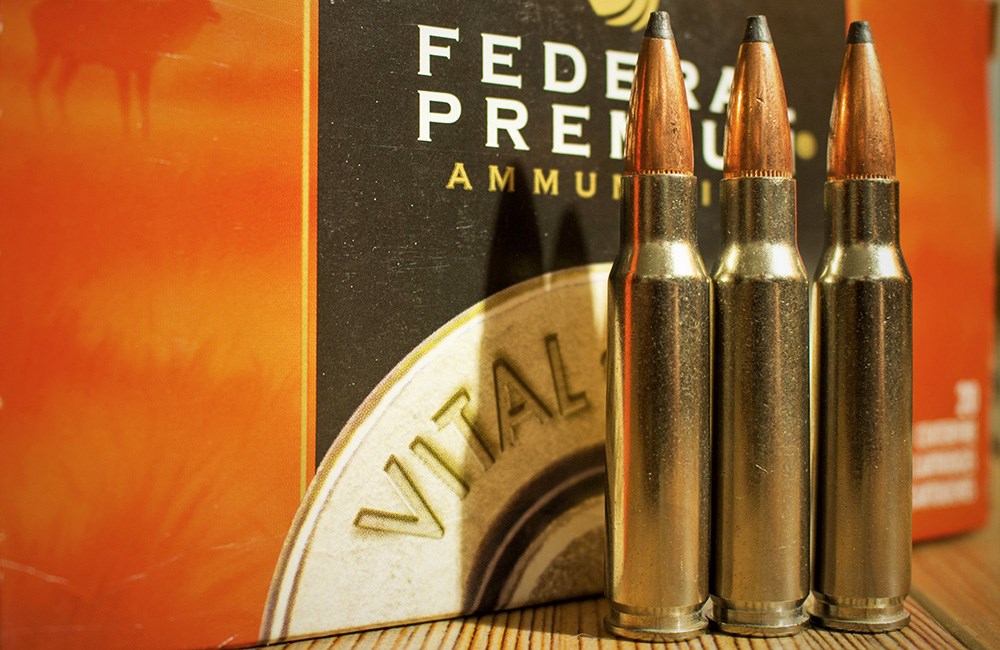
3. .308 Winchester
Why not turn to the Daddy of the previous pair? It is the equal of the .30-06 Springfield, especially when we look at the most popular modern bullet offerings, the velocity differences are not an issue at all. It will handle all sorts of game animals, around the globe, having bullet weights from 100 grains up to 200 grains to choose from. If the twist rate is suitable, bullet of 220 and even 250 grains can be utilized, all in a compact package which is much easier on the shoulder than the ’06 or any of the 300 Magnums. It might lack the look of reach, and many hunters fail to consider it a long-range hunting cartridge, but it sat at the top of the heap for 1,000-yard cartridges in the recent past. I've reached for a .308 Winchester since I was in my early 20s, and it has honestly never let me down. It has a recoil level that allows shooters of all sexes and sizes to shoot it well; in fact, my wife relies on her Savage Ladyhunter so chambered more often than not.
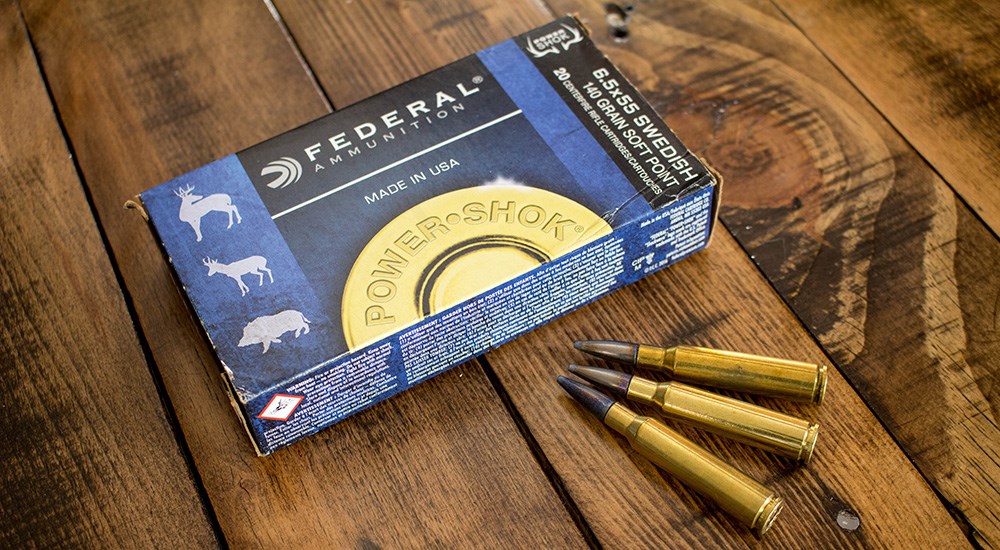
4. 6.5x55 Swedish Mauser
One of the original 6.5mm cartridges, the 6.5x55 Swedish Mauser has been putting venison in the freezer of hunters since the late 19th century. Easy on the shoulder, yet taking full advantage of the 6.5mm bullet range—including the heavier 156- and 160-grain slugs—the 6.5 Swede has enough oomph to handle elk, moose and black bear, yet can be shot precisely by the recoil sensitive. The high sectional density of the heavy bullets, and the high ballistic coefficient values of the spitzer boattail projectiles makes the Swede very attractive. It can be housed in a rifle commensurate to the recoil level, and if you find a hunter who has spent several seasons with the Swede, you’ll invariably find a fervent fan.
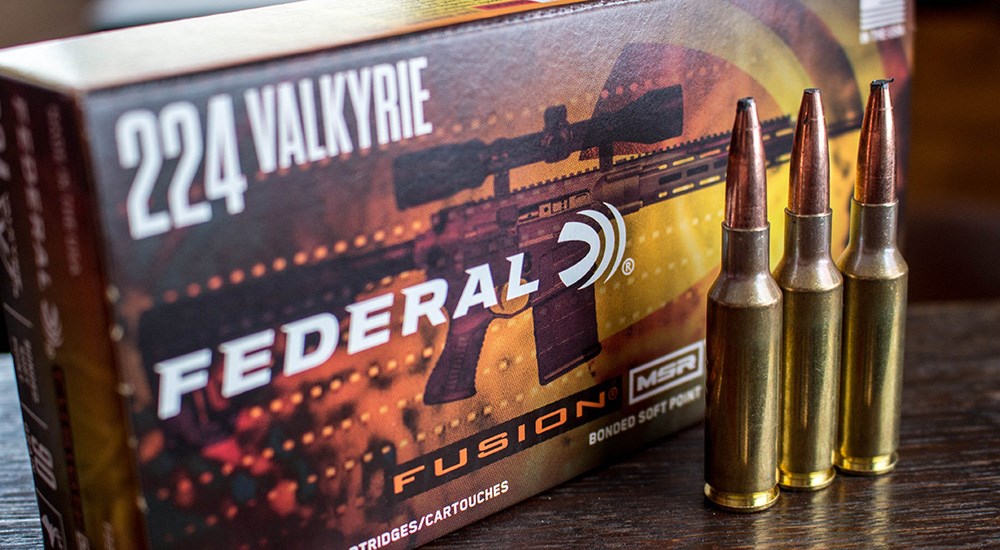
5. .224 Valkyrie
One of the newest .22-caliber centerfires, the .224 Valkyrie is primarily designed as a long-range target cartridge, yet the heavy-for-caliber bullets make excellent hunting tools, if of the proper conformation and construction. The Valkyrie is equally at home in an AR-platform as it is in the bolt guns, at the short case will mate with bullets as heavy as 90-grains, making it a perfect choice for the deer and antelope hunter. Pushing a 90-grain Fusion bonded bullet to 2700 fps, the Valkyrie will handle any deer out to sane ranges. I remember shooting the Valkyrie at the 2018 SHOT Show Industry Day at the Range, and several of us gun writer-folk were all commenting how the recoil was so minimal we could catch our own vapor trail at 900-plus yards. Ask me to shoot one .22 centerfire for deer, and the Valkyrie would be my choice.
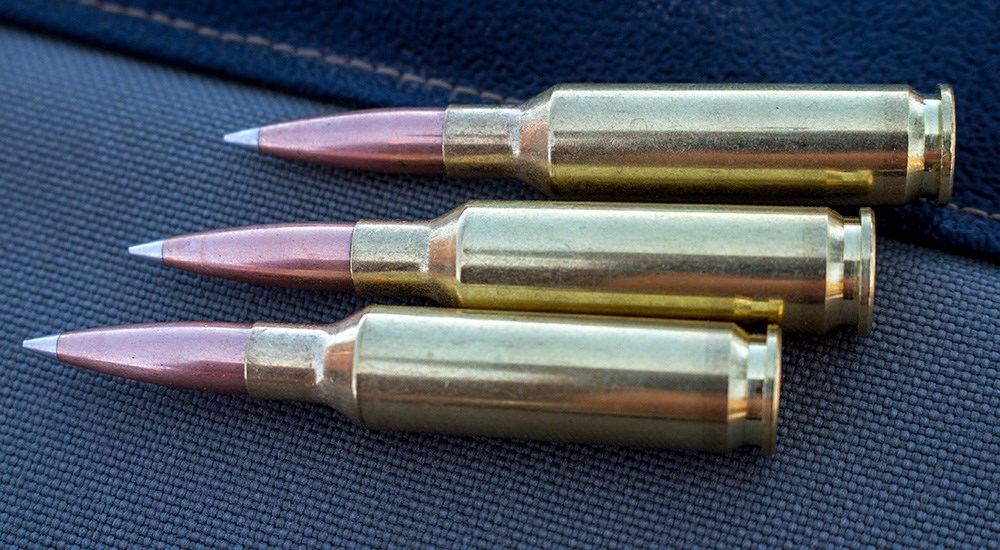
6. 6.5 Creedmoor
I can hear the groans already, but there is no denying that the ol’ “needmore” doesn’t punish the shooter’s shoulder. Look, it’s not a miracle writ in brass, but for deer and similar-sized game, a good 120- to 140-grain bullet delivered from the 6.5 Creedmoor in the proper location will put a smile on a hunter’s face. Make fun of it all you’d like, but I’ve used a Creedmoor on more than one occasion to sort out both whitetail and mule deer; it worked perfectly. Moving on... .

7. .30-30 Winchester
American hunters love speed, and the successes of the Weatherby magnums reflect just that. But, that level of speed isn’t always warranted, and it can actually work against you in certain instances. For the deer and black bear hunter who spends his or her time inside of 150 yards, in the classic woods scenario, the venerable .30-30 Winchester will get the job done just as well as it did in 1895. With the heavy load—a 170-grain bullet at 2200 fps—it has enough bullet weight to guarantee good penetration, yet even in the carbines out there it won’t rattle your molars. It was the cartridge I used to take my very first whitetail deer, and I wouldn’t hesitate to equip any new hunter with my old Model 94 XTR. Despite the cartridge’s age, it remains a top seller to this day, with good cause: it hits much harder on the business end than it does on the shoulder.
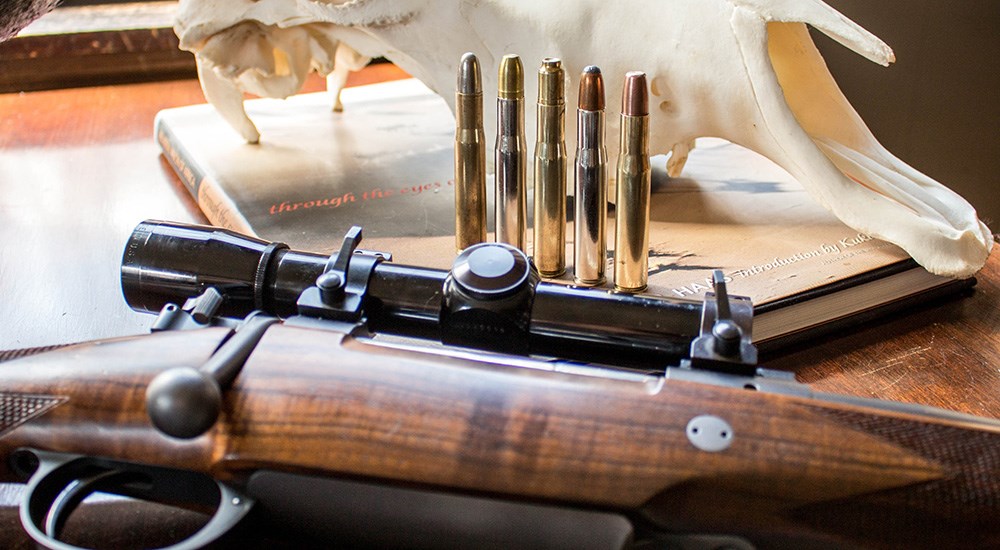
8. .404 Jeffery
Wait, what? Well, if you’re after truly dangerous game—where there are sensible caliber minimums and energy values—there are plenty of choices, including the .375 Holland & Holland Magnum, .416 Rigby and .458 Lott. But among the big boys, recoil can play a very significant role, and when it comes to the dangerous game, you definitely do not want recoil causing a flinch and resulting in an errant shot. I've spent considerable time with the vast majority of dangerous-game cartridges, and my recommendations to the recoil-sensitive generally boil down to the 9.3x62mm Mauser (sadly not legally acceptable in all African countries for dangerous game) and the .404 Jeffery. The latter has become near-and-dear to me, as in its original iteration—a 400-grain bullet at 2150 fps—it is an absolute pussycat on the shoulder, yet is fully capable of taking all game species, including elephant. Modern loads put in on par with the .416 Rigby, driving the 400-grain slugs to 2350 fps, yet even those loads are more than manageable. Anyone who shoots my beloved Heym Express has the same opinion: shooting that fine rifle is much easier on the shoulder than expected. It has a recoil speed slower than the .375 H&H, and I’ve long found it more pleasant to shoot than the .416 Rigby or any of the .458s.
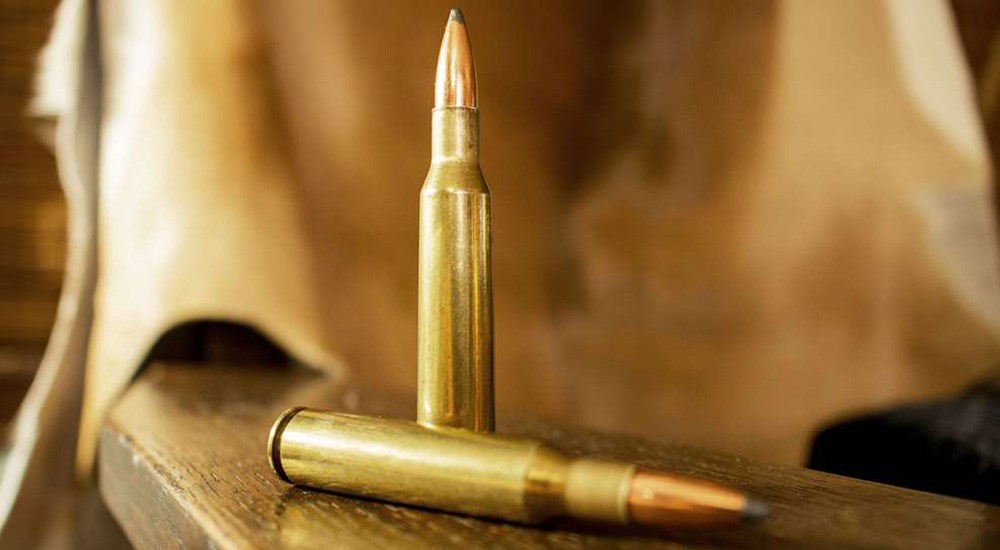
9. .257 Roberts
America loves its quarter-bores, and among them the .257 Roberts offers a fantastic compromise of striking power and low recoil. It is the 7x57mm Mauser necked down to hold .257-inch-diameter bullets, and while it may seem to give up all sorts of ground to the .25-06 Remington and .257 Weatherby Magnum, the deer don’t seem to notice. Yes, there is a modernized +P variant available, which probably makes the most of the cartridge’s capabilities, but even the classic loads from the 1930s are more than capable for deer hunting. There were three loads initially: an 87-grain bullet at 3100 fps, a 100-grain bullet at 2800 fps and a 117-grain bullet at 2550 fps; all three would handle deer, and maybe a bit more with the 117-grain load. It fell out of favor when the 6mm cartridges like the .243 Winchester and .244 Remington came along, but to this day it is a pleasure to take a well-built .257 Roberts rifle to the range or to the deer woods.
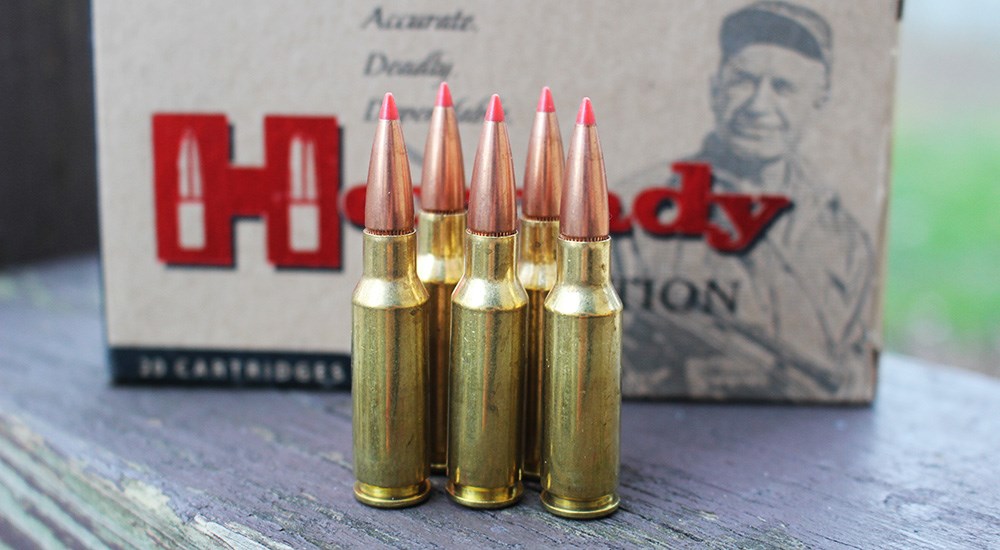
10. 6.5 Grendel
Though it looks small in stature, the 6.5 Grendel punches above its weight class, even more than the 6.5 Creedmoor. The brainchild of Bill Alexander, the Grendel (named for the monster in the classic tale Beowulf) is at home in an AR-10 as much as it is in the bolt rifles. The case is based on the 220 Russian, and it has many of the accuracy traits of its parent. With a decent selection of factory loads, centered around bullet weights between 90 and 130 grains, the Grendel is next to nothing on the shoulder. I know folks who’ve used this stubby little gem on animals as large as the African eland (a huge antelope weighing nearly a ton) with good results. I’m not sure if I’d take that leap of faith, but I do know there isn’t a deer on earth that would shake off a properly placed bullet from a Grendel. For the recoil-sensitive crowd, a well-built rifle chambered for the 6.5 Grendel would be excellent deer medicine.












